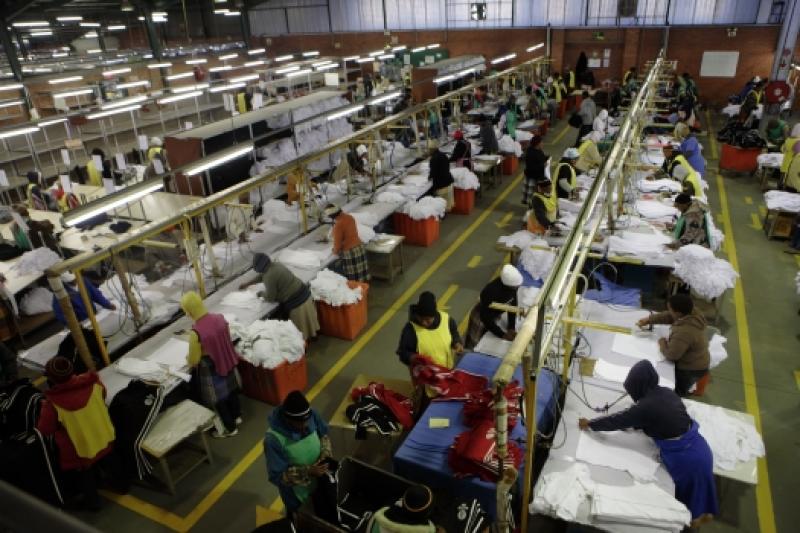×
The Standard e-Paper
Home To Bold Columnists

Kenya is reviewing terms under the Africa Growth and Opportunities Act. This could see new policy changes in the 10-year old pact with America.
The latest data indicate that Kenyan exports to the US have remained stagnant over the past three years, with exports to the US under the pact having plummeted by more than 50 per cent.